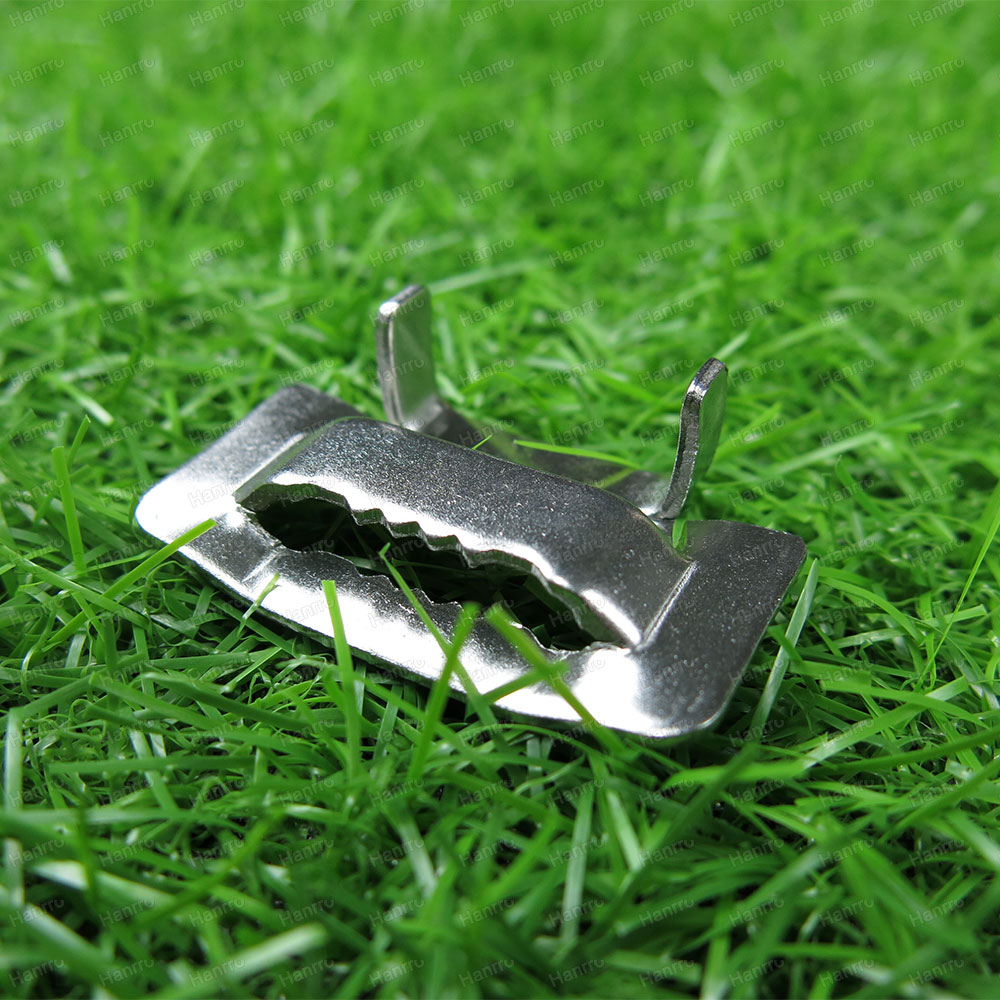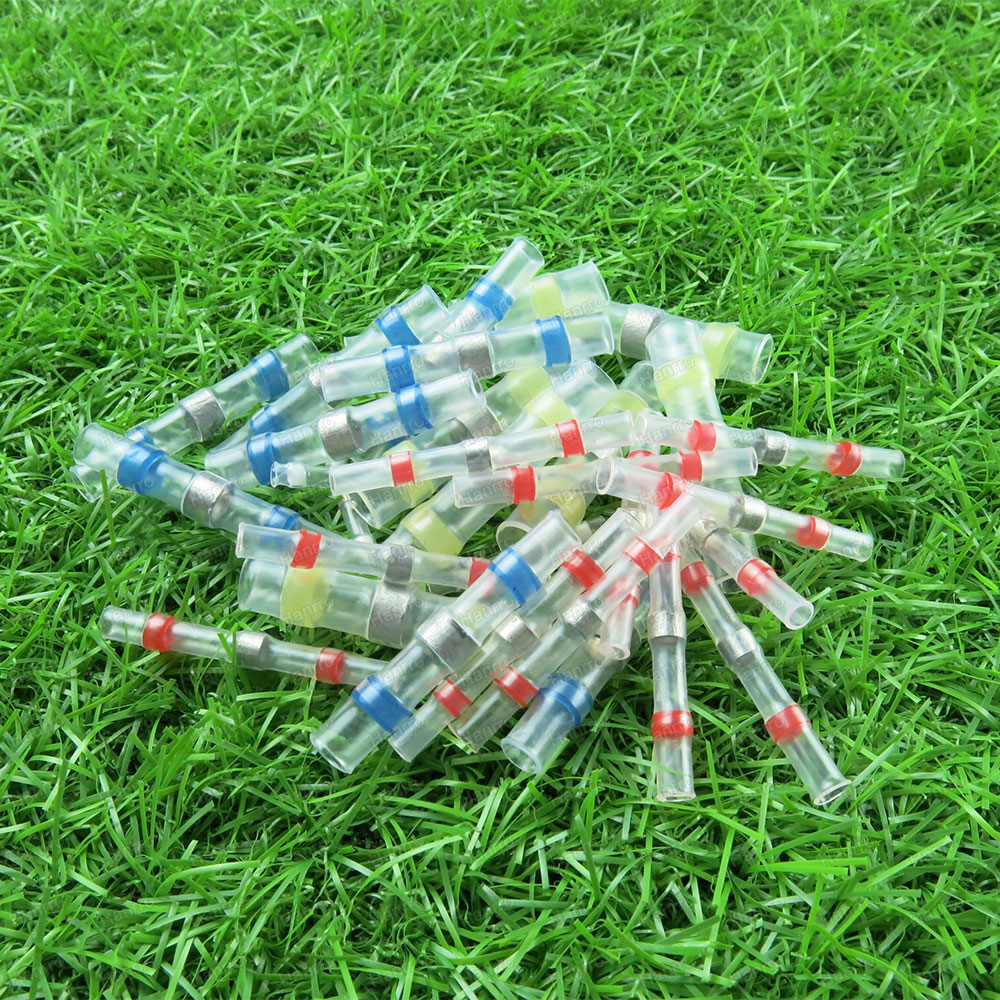Solder Seal Wire Connectors are very reliable waterproof connectors which works on solid or twisted core or combo of each. They are especially important for ensuring great, long-term connections. In addition to its shrink-nature, it uses a small ring of “low” temperature solder (with flux) which you can witness flowing all around the two wires. This is its key “wow” feature. You need a source of heat but this is easily obtained with a lighter or match or small heat gun. The only downside is you still have to strip the wire. It does take a bit of practice but once you get the hang of it, it’s pretty neat.
Basically, with one step you get a soldered, sealed, and insulated connection. It’s not as convenient as Scotchlok (or other) butt connectors, but Solder Seal Wire Connectors only work (reliably) with solid-core wire. Plus those are bulky and not in-line connections, nor are they as strong.
Here are all the steps:
1. strip both ends of the wires you want to connect
2. add a properly sized connector down one side (much like you would add some heat-shrink tubing)
3. twist the exposed wires together, in-line (optional)
4. move and orient the connector around the joint making sure the solder ring surrounds both bare wires.
5. heat it up and watch it shrink and the solder flow into the connection (it shrinks first, then the solder flows).
6. Crucially, don’t move the connection until the solder has had time to fully cool (about 30-seconds).
7. closely examine the joint to ensure the solder has fully covered both wires. This is more likely if you twist them first

 Contact
Contact CN
CN
